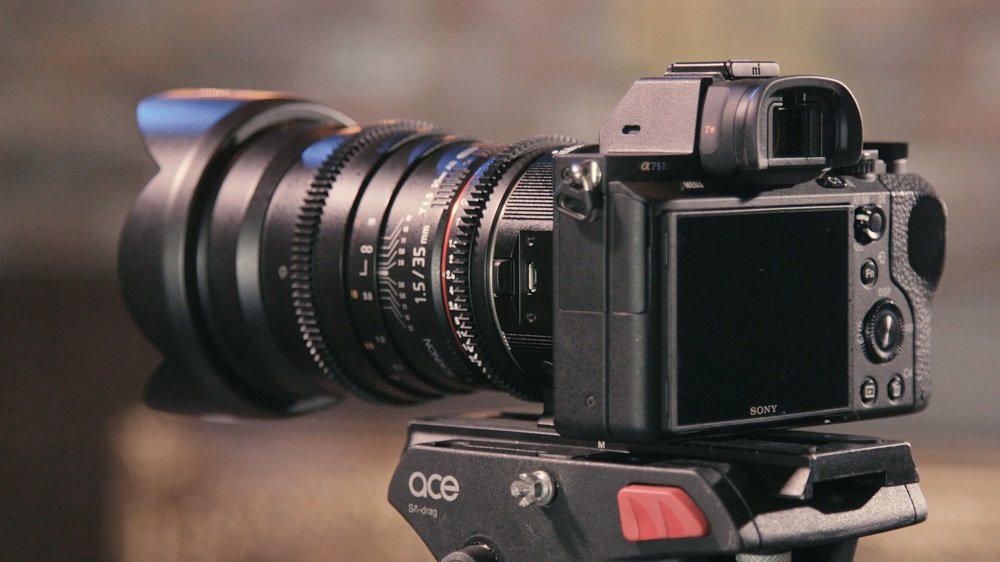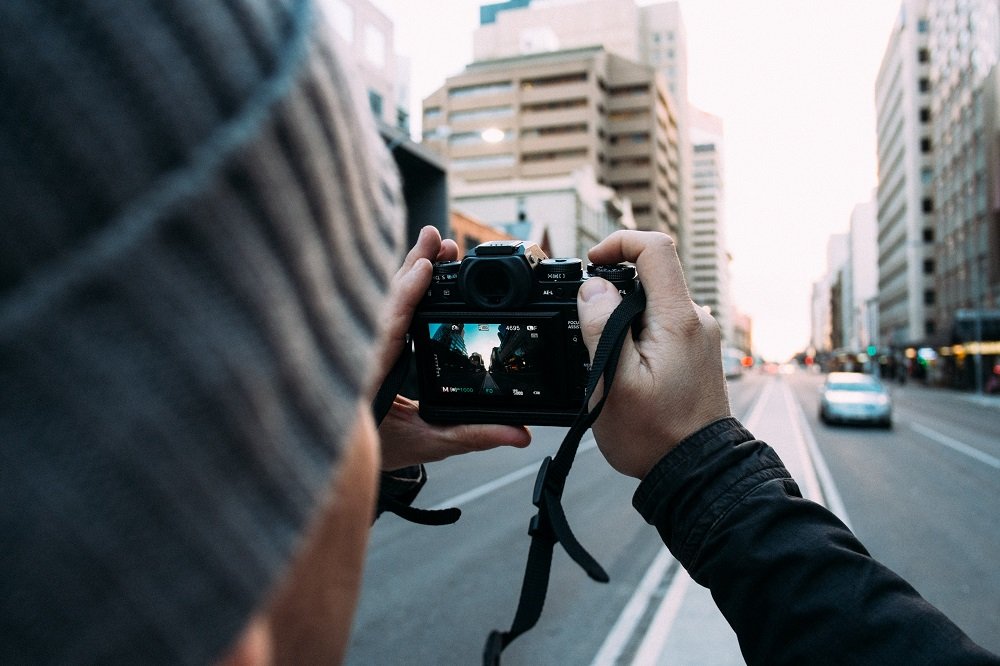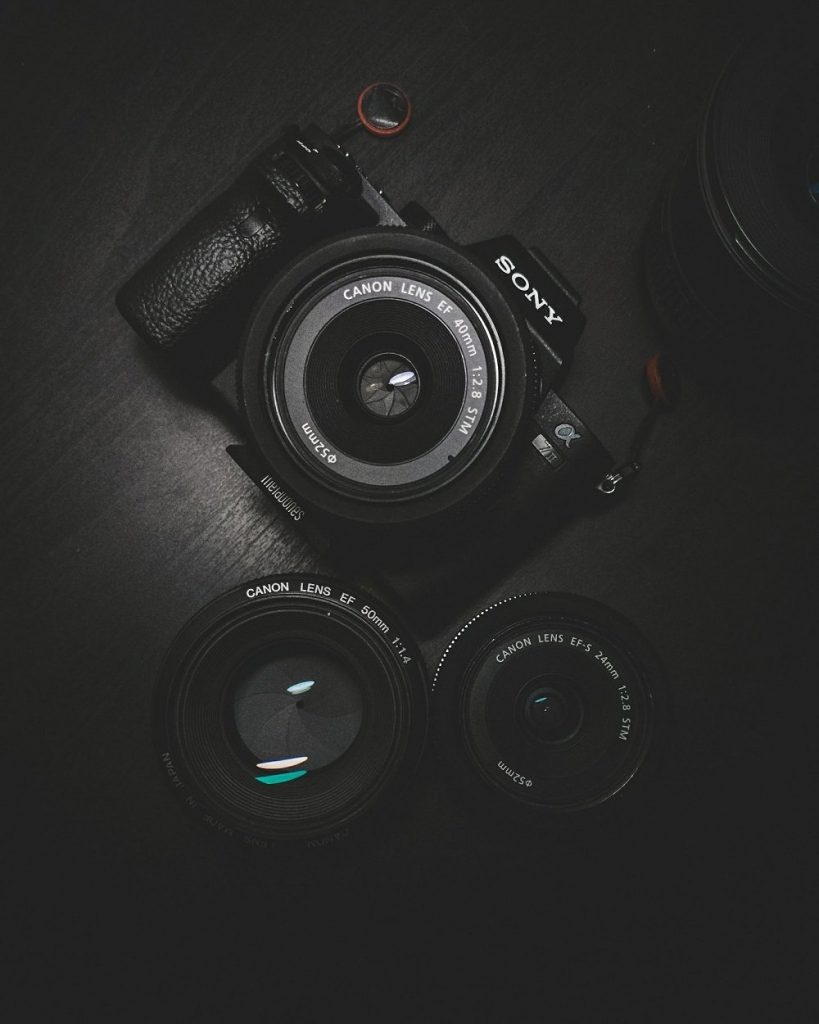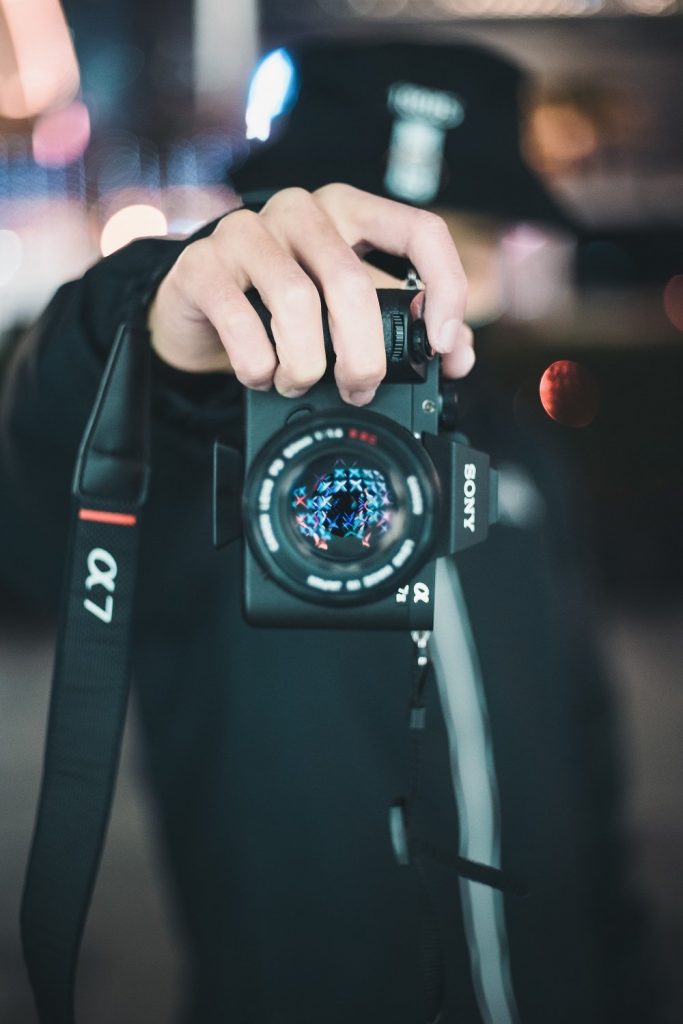DSLR or Mirrorless – Which Camera System Works for You?
by Alex W.
Just a few years ago, if you were thinking of getting into photography seriously then a DSLR camera system was your only realistic choice in the camera market. But things have changed rapidly in the last five years, and now the previously maligned mirrorless camera systems are making real headway in the market.
In fact, things have changed so much that many pros are switching over to mirrorless systems from their DSLR setup, and if you’re a beginner looking to upgrade to some serious photography kit then a mirrorless camera is well worth considering.
The Difference Between Mirrorless and DSLR
Before jumping to any conclusions on what you want to buy it’s worth considering the differences between a mirrorless camera and a DSLR camera.
The one significant difference, as you might expect, is the lack of a mirror. DSLRs are built with a complex system of prisms and mirrors. This is what allows you to see through the viewfinder of your DSLR, with light entering through the lens, bouncing through the mirror system, and coming out of the viewfinder. When you take a photograph with a DSLR the mirror prism is flipped up, which allows the light to enter through the lens and reach the camera sensor.
Mirrorless systems, however, bypass the need for this. This brings some advantages and some disadvantages, and by going through them you should be able to make a decision on which is right for your needs.
You Might Like…Best DSLR Camera Systems for Beginners
Size and Weight

This is a major tick in the mirrorless camera section. Without the need for a bulky system of mirrors inside, mirrorless cameras are much, much, lighter and smaller than their DSLR counterparts.
Anybody that has carried a full DSLR setup for a whole day knows how draining it can be, and the lower weight of mirrorless cameras does make a big difference. The smaller size is also useful in some situations as well, especially for those who like shooting in city environments. Anybody with a DSLR is often looked upon with suspicion when wandering the streets, but with a smaller mirrorless camera the average passer by doesn’t think anything of it. That goes for security guards in those locations where “No professional cameras are permitted.”
The only downside comes when using a big telephoto lens on a mirrorless camera. The difference in weight and size can make the whole setup feel a bit unbalanced, but it’s a small trade off considering the advantages.
Optical vs Electronic Viewfinder

The whole point of the big box of mirrors inside a DSLR is to direct light to the viewfinder, thus allowing the photographer to compose their shot. Obviously with the lack of a mirror means that another solution must be found.
This comes in the form of an electronic viewfinder, which renders an electronic depiction of the scene in front of you inside the viewfinder. This image comes directly from the camera sensor itself, so it’s pretty much what you see is what you get. Once you press the shutter the image that comes out should match what you saw through the viewfinder, which isn’t always the case with DSLRs.
Electronic viewfinders have advanced leaps and bounds over the last couple of years. They used to be low quality, laggy, and an all round nuisance to use. The latest mirrorless cameras have excellent viewfinders that are hard to find fault with, although many photographers still prefer the ‘feel’ of an optical viewfinder.
Battery Life
This is one area where the DSLR often comes out on top. The need for an electronic viewfinder hugely reduces the battery life of mirrorless cameras. Think about it – Any time that viewfinder is in use the camera is having to read the sensor output and display a live digital image to the photographer. Meanwhile, a DSLR viewfinder can be used even when it’s turned off, and doesn’t affect battery life in the slightest.
Battery life is improving in mirrorless cameras, but it’s still often half that of a DSLR. When heading out for a weekend shooting this can prove a real problem.
Lens Selection

Another area where the mirrorless is improving, but it’s still got a long way to go to match that of a DSLR. It’s understandable – Serious mirrorless cameras haven’t been around for very long, and developing top quality lenses takes time. SLR cameras have been around for decades though, and with backwards compatibility most of these lenses can be used on modern DSLRs too. Nikon, for example, haven’t changed their lens mount in over 50 years, so even a brand new Nikon D850 can use lenses made in the 1970s.
This offers two advantages. One is the huge lens selection on offer for all major DSLR brands, and the other is the fact that having such a wide array of lenses available drives the price down. Another example: A Canon 50mm f/1.8 lens costs as little as $150 new, whilst a Fujifilm 50mm f/2 lens for Fuji mirrorless systems comes in at over three times that price.
However, you can buy adaptors for mirrorless cameras that allow DSLR lenses to be attached – But the added size and weight of the DSLR lenses does mean you lose a lot of the original advantages of going mirrorless.
Continuous Shooting
Another area where the mirrorless cameras come up trumps. If you want to take a lot of photos in a short space of time, such as when photographing sports, racing, or birds, then you want a camera that has a high rate of continuous shooting.
DSLRs aren’t exactly slouches, often coming in at around 10 frames per second. Some more, some less. However, the burst speed is limited by the fact that the mirror has to flip up and down between every shot. Mirrorless cameras don’t have this issue, and while not all of them surpass the DSLRs speed they are improving with every release. For example, the Olympus OM-D E-M1 Mark II can shoot at a ridiculous 60 frames per second at it’s full 20.4 megapixel resolution! To put that into perspective, that’s more frames per second than most videos capture.
You Might Like… Best Beginner Mirrorless Cameras
Image Quality

This is worth a section simply for the lack of difference between mirrorless and DSLR cameras. In the past, most professional photographers completely overlooked mirrorless cameras simply because of their image quality. Understandably so – The earlier mirrorless systems were light years behind DSLRs such as the Nikon D800 in terms of image quality.
All that has changed now though. Plenty of mirrorless systems have full-frame sensors now, and the Sony A7R III comes with a very impressive 42.2 megapixel full frame sensor that can shoot at 10 frames per second! Then there’s the new medium format sensor Fuji GFX 50s to consider. These are seriously good pieces of kit and rivals or better the quality of any DSLR around.
DSLRs are no longer the kings of image quality.
Conclusion
That should be enough information for you to make a logical decision before leaping into your first camera purchase. Below is a handy roundup of everything in bullet point format.
Click here to see our best beginner DSLR cameras.
Click here to see our best beginner Mirrorless cameras.
Pros for DSLR Camera
- Much bigger range of lenses
- Cheaper lenses
- Generally you get more for your money
- Much better battery life
- Many prefer optical viewfinder
Pros for Mirrorless Camera
- Much smaller and lighter
- Electronic viewfinder means what you see is what you get
- Technology improving rapidly
- Faster continuous shooting possible
- Longer theoretical lifespan due to lack of mirror mechanism
Read More…
Ultimate Guide to Spring Photography
Behind the Lens with Frank Bell
Ultimate Guide to Landscape Photography
 |
 |
 |
 |

About Alex W.
Alex is the owner and lead writer for Click and Learn Photography. An avid landscape, equine, and pet photographer living and working in the beautiful Lake District, UK, Alex has had his work featured in a number of high profile publications, including the Take a View Landscape Photographer of the Year, Outdoor Photographer of the Year, and Amateur Photographer Magazine.
Thoughts on "DSLR or Mirrorless – Which Camera System Works for You?"
 |
 |
 |
 |
You can Get FREE Gifts. Furthermore, Free Items here. Disable Ad Blocker to receive them all.
Once done, hit anything below
 |
 |
 |
 |